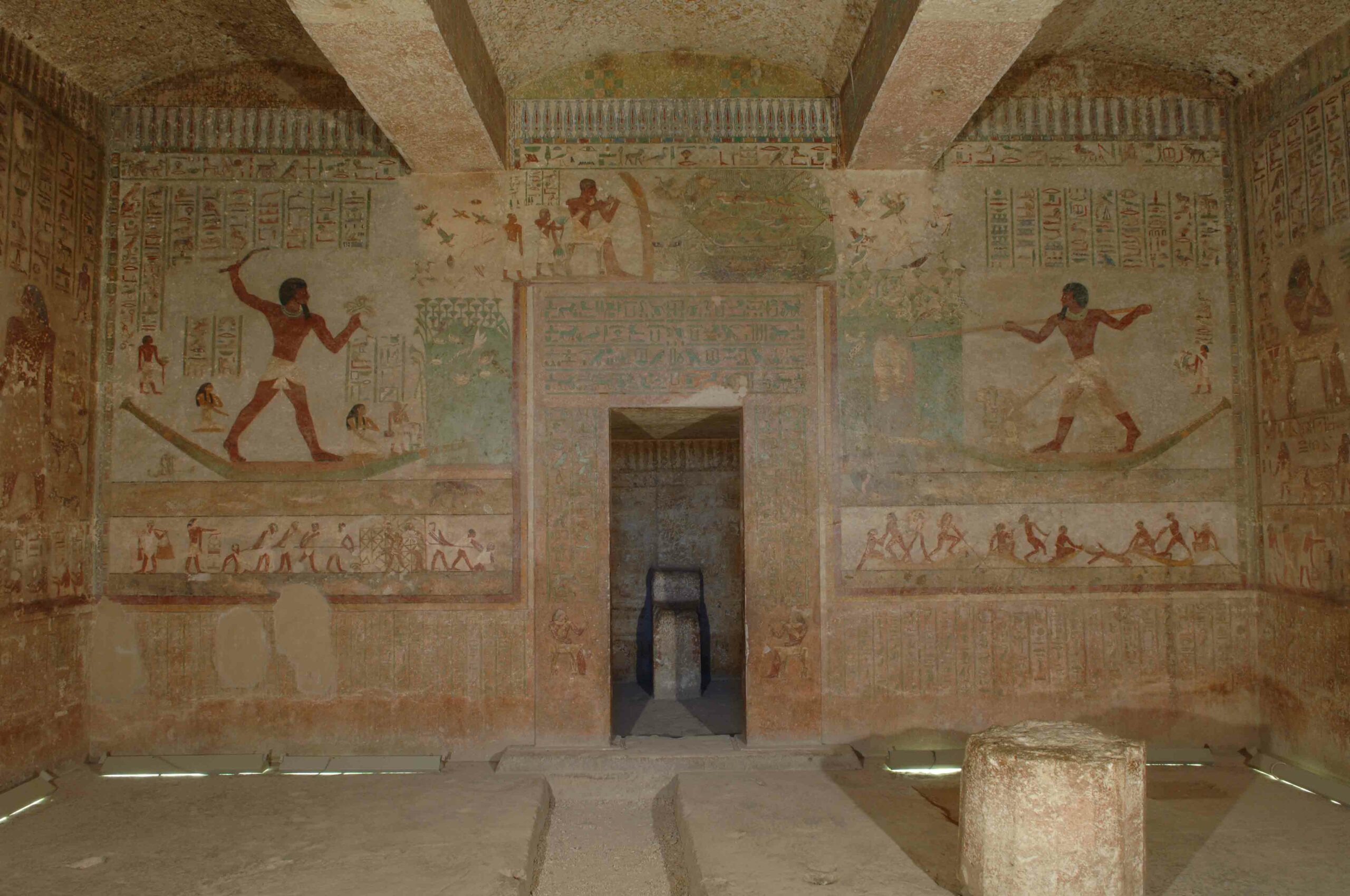SANMENXIA CITY, CHINA—China.org reports that 21 tombs and six pits containing the remains of animals were discovered near central China’s Shangshihe village during a construction project. The tombs are thought to contain the remains of nobles who lived during the Spring and Autumn Period, from 770 to 476 B.C. The skeletons of 28 horses buried lying on their sides, along with several dogs, were found in the six rectangular pits. Close to 500 artifacts made of copper, pottery, and jade were also recovered. To read about another recent discovery in China, go to “Early Signs of Empire.”
Tomb Complex Discovered in China’s Henan Province
News July 2, 2018
Recommended Articles
Digs & Discoveries November/December 2025
Ancient Look Book
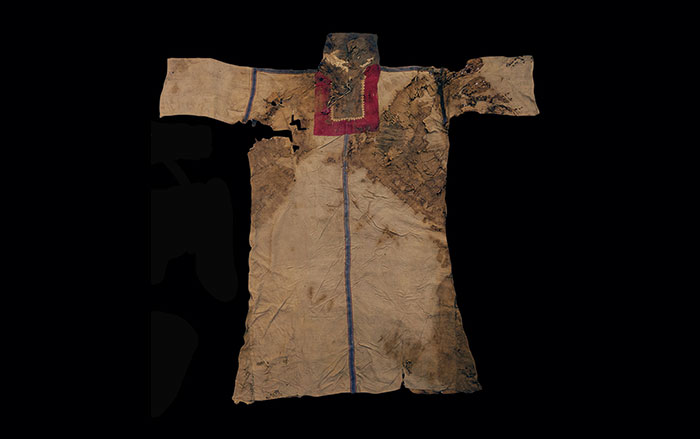
Digs & Discoveries September/October 2025
A Chinese Frontier Fort
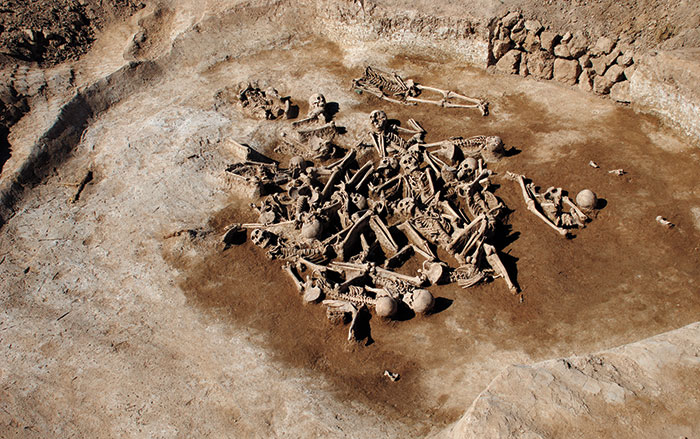
Features September/October 2025
Myth of the Golden Dragon
Eclectic artifacts from tombs in northeastern China tell the story of a little-known dynasty
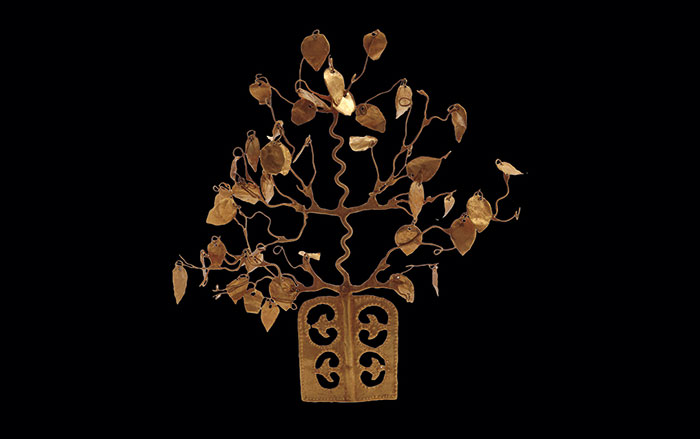
Features March/April 2025
Unearthing an Elusive Empire
Archaeologists have discovered rare evidence of an enlightened medieval dynasty that ruled much of Central Asia
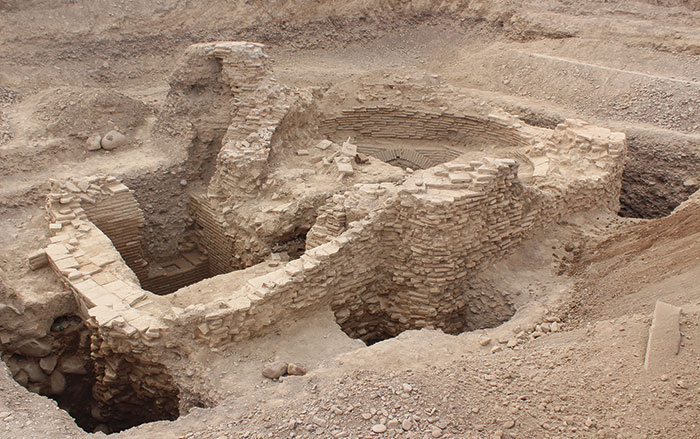
-
Features May/June 2018
Global Cargo
Found in the waters off a small Dutch island, a seventeenth-century shipwreck provides an unparalleled view of the golden age of European trade
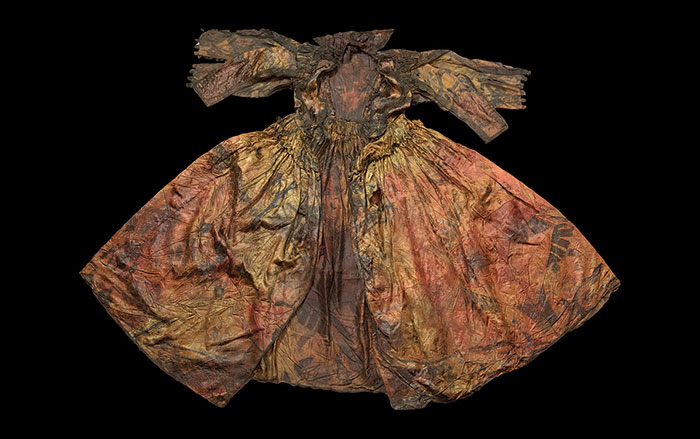 (Kees Zwaan/Courtesy Province of North Holland)
(Kees Zwaan/Courtesy Province of North Holland) -
Letter From the Philippines May/June 2018
One Grain at a Time
Archaeologists uncover evidence suggesting rice terraces helped the Ifugao resist Spanish colonization
 (Jon Arnold Images Ltd/Alamy Stock Photo)
(Jon Arnold Images Ltd/Alamy Stock Photo) -
Artifacts May/June 2018
Roman Sundial
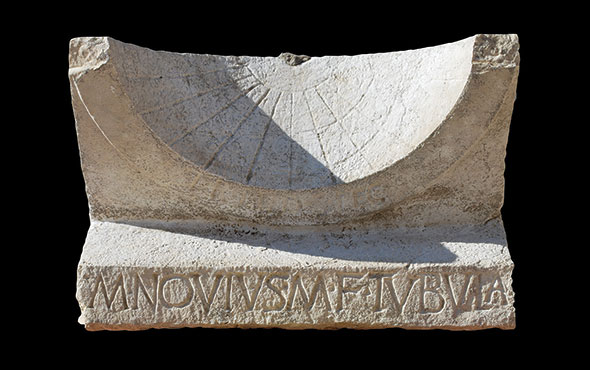 (Courtesy Alessandro Launaro)
(Courtesy Alessandro Launaro) -
Digs & Discoveries May/June 2018
Conquistador Contagion
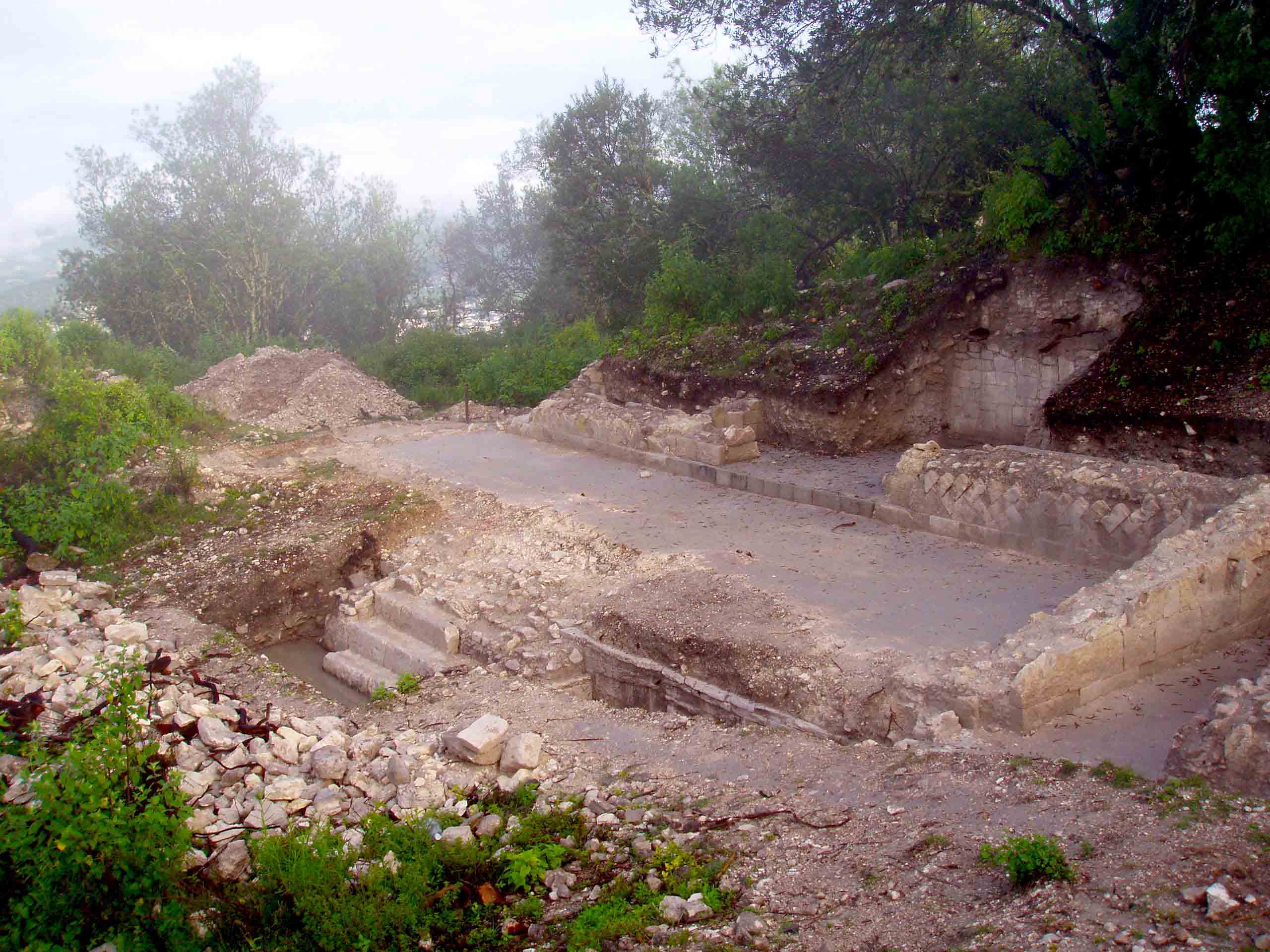 (Christina Warinner. Image courtesy of the Teposcolula-Yucundaa Archaeological Project)
(Christina Warinner. Image courtesy of the Teposcolula-Yucundaa Archaeological Project)


